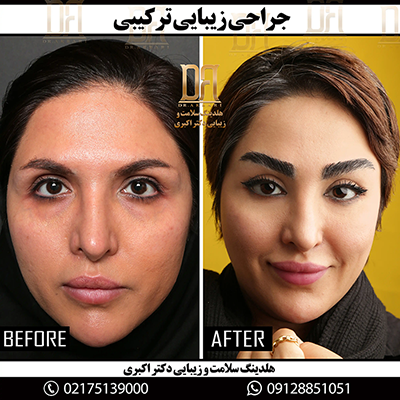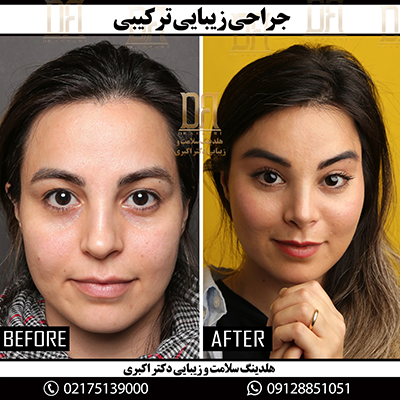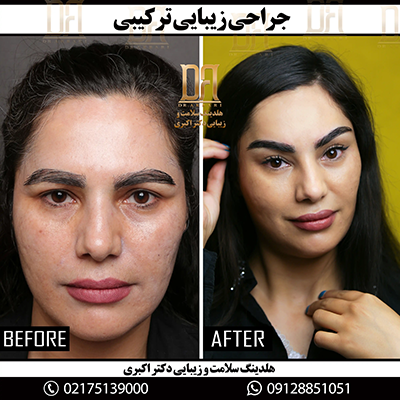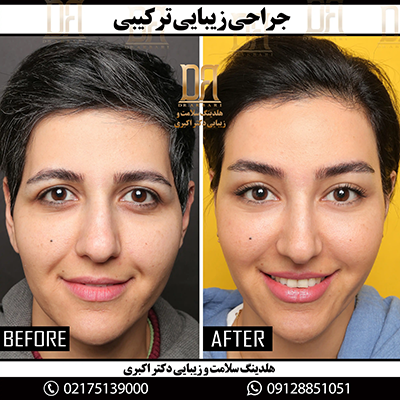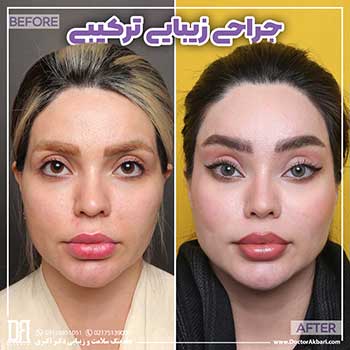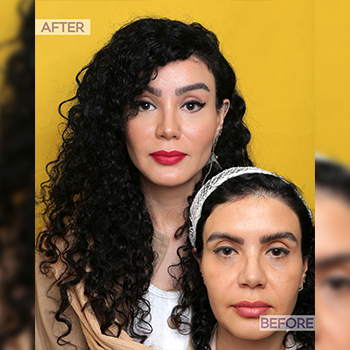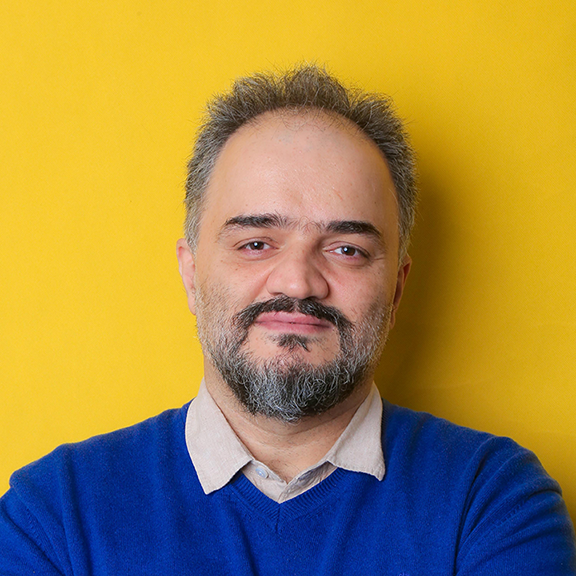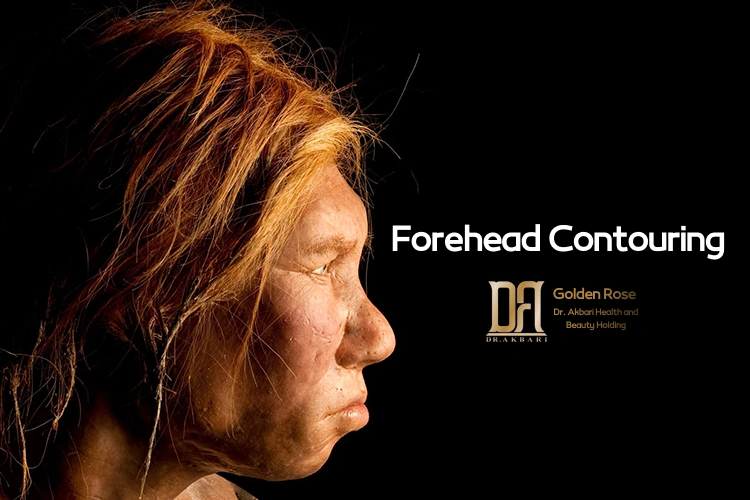The forehead is one of the most prominent features of the face, playing a vital role in enhancing beauty and gender characteristics. For men, a more prominent forehead is typical, but eyebrow bone shaving can help achieve a more refined, delicate appearance. This procedure is one of the main methods of facial feminization surgery (FFS).
Some women also have a more prominent eyebrow bone due to facial structure and genetics. With brow bone reduction, they can achieve a smoother, more feminine look. This means that both men and women can benefit from eyebrow bone shaving surgery.
Differences Between Male and Female Foreheads
The shape of the forehead differs significantly between men and women, which is why eyebrow bone shaving is more commonly performed on men. The differences include:
| Feature | Male Forehead | Female Forehead |
|---|---|---|
| Eyebrow Protrusion | Prominent and raised | Flat or slightly raised |
| Forehead Slope | Sharp, angular | Gentle, smooth slope |
| Eyebrow Furrow | Deep and noticeable | Smooth, no furrow |
-
Eyebrow Protrusion: In men, there is often a noticeable ridge above the eye socket, which is one of the most obvious differences between male and female foreheads. In women, this ridge is minimal or absent.
-
Eyebrow Furrow: Men tend to have a deep furrow between the eyebrows, which is not present in women. Women's eyebrow bones are typically smooth and even.
-
Forehead Slope: Due to the pronounced eyebrow bone in men, the angle between the nose and forehead is more acute, while in women, the slope is softer and more gradual.
In eyebrow bone shaving surgery, the bone directly beneath the eyebrow is shaved to reduce the prominence of the brow ridge.
Types of Brow Bone Reduction
At the Golden Rose Clinic, under the expert guidance of Dr. Akbari his team, eyebrow bone shaving is performed using four main techniques:
| Surgery Type | Description |
|---|---|
| Type 1 | Reducing bone thickness without changing overall shape. Ideal for minor adjustments. |
| Type 2 | Shaving the eyebrow bone and filling the upper area with bone cement. |
| Type 3 | Complete reconstruction of the frontal sinus wall, reshaping the bone to the ideal form. |
| Type 4 | A combination of reduction and filling for ideal shaping in complex cases. |
- Type 1 – Minor Eyebrow Bone Shaving
In Type 1, only a small portion of the eyebrow bone is shaved. This approach primarily focuses on slightly refining the frontal sinus wall. It is not typically classified as part of facial feminization surgery (FFS) since it doesn't lead to dramatic changes, but it reduces the thickness of the bone for a more refined look.
- Type 2 – Eyebrow Bone Shaving with Bone Cement
Type 2 involves shaving the bone and then filling the upper area with bone cement. This technique is ideal when the angle between the nose and forehead is suitable and does not require significant changes. The bone cement smooths the area, resulting in a flatter, more even forehead.
- Type 3 – Complete Eyebrow Bone Reshaping
In this more intensive procedure, also known as forehead reconstruction, the front wall of the frontal sinus is removed, and the bone is reshaped to create an ideal forehead contour. Sometimes, bone cement is used to further refine the shape and smoothness.
- Type 4 – Combination Eyebrow Bone Shaving
In certain cases, both convex and concave areas of the forehead may need to be addressed simultaneously. Specialists at the Golden Rose Clinic, under Dr. Akbari’s supervision, decide whether to combine reduction with bone cement filling to achieve the most aesthetically pleasing result.
Pre-Surgery Care
-
Stop smoking at least one week before the surgery.
-
Avoid taking any medications without a doctor's prescription one week before the surgery.
-
Refrain from using aspirin, herbal supplements, and omega-3 oils one week before surgery.
What Happens After Brow Bone Reduction?
The procedure is performed under general anesthesia, but it is done on an outpatient basis, so you can return home a few hours after the surgery. The recovery period typically lasts between 1 and 2 weeks, although it can take up to 3 months to fully see the results of the procedure.
If the stitches are non-dissolvable, they will be removed by the surgeon after one week.
Post-Surgery Care
-
Follow your surgeon's instructions carefully.
-
Avoid washing your face or hair for 48 hours after surgery.
-
Take the prescribed antibiotics as directed.
-
Refrain from lifting heavy objects for at least 2 weeks after surgery.
-
Avoid strenuous physical activity for 2 weeks.
-
Stay away from blood-thinning medications for 5 days after surgery.
Brow Bone Reduction and Temple Lift
Some patients may also have drooping eyebrow tails that obscure the eyes and facial contours. In such cases, a temple lift may be recommended in combination with eyebrow bone shaving. Those with both eyebrow bone prominence and drooping eyebrow tails are ideal candidates for combined procedures.
The Best Doctor for Brow Bone Reduction
At the Golden Rose Clinic, located in Tehran and serving clients in Turkey, the clinic is now led by a highly skilled team of renowned plastic surgeons, including Dr. Saman Tahmasbi and Dr. Mehdi Ahmadi. These surgeons are officially certified by the International Society of Plastic and Aesthetic Surgeons, ensuring the highest quality of care and exceptional results.
Potential Risks and Side Effects
-
Pain and swelling
-
Headaches
-
Numbness in the treated area
-
Damage to the frontal sinus
-
Double vision
-
Asymmetry between the eyebrows
Brow Bone Reduction Cost
The cost of eyebrow bone shaving is determined after a consultation with the specialists at the Golden Rose Clinic. To schedule a consultation with Dr. Akbari’s team, please visit our appointment booking page.




